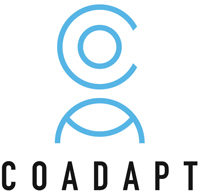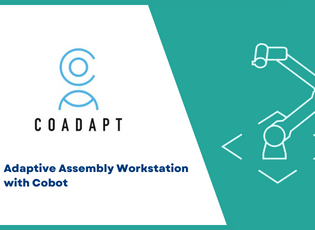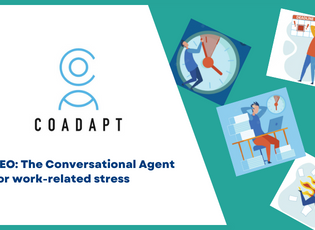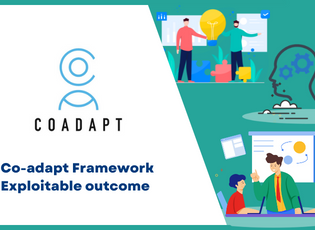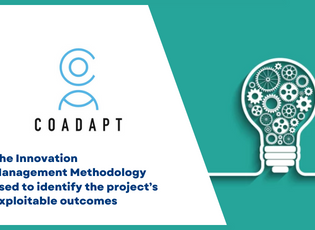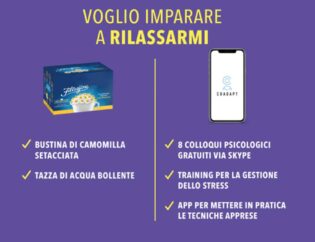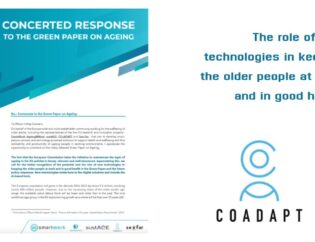
Contributing to the COADAPT project, research at University of Helsinki is targeted towards the development of the entity recommender system for ageing knowledge workers. We envision a system that provides assistance in the form of recommendations helping its users to overcome typical difficulties in searching for information and entity: a file, a name of a person, or an address in the web files and information; contributing positively to user work performance.
Older adults can benefit from an entity recommender systems.
Knowledge workers are often involved in multiple tasks that they do on a regular basis and between which they need to switch frequently. Users, therefore, need to retrieve digital resources and entities that they used in the past. This retrieval process can be time-consuming and cognitively challenging as the needed resources may be difficult to recall.
This problem imposes older adults extra difficulties in remembering browsing histories, moving the mouse, tracking the cursors, anchoring the links. Older adults may face a higher search cost, measured by the longer time spent searching for information compared to younger adults, eventually impacting their work performance. Older adults could benefit more from a system that provides recommendations directly to information resources, rather than having to access them from a hierarchical Web or folder structure. This system will therefore lower the search cost, such that the average number of clicks to go between any two pages or folders can be reduced.
Designing an entity recommender system

Entity recommender system can run on separate device (tablet) or secondary screen.

Design of recommender system, recommending a variety of entities.

Demonstration of how entity recommender system supports users during work.
Entity-centric approach. Everyday digital tasks may require users to perform several actions, such as opening a document, contacting a person, or searching for resources associated with given topics. Therefore, the items recommended by the system are not limited to documents but include various kinds of information entities -- such as contacts, applications, documents, and topics -- that can be used to represent the task but also to perform specific actions related to the tasks. Moreover, to make the recommended entities more actionable, the user interface included hyperlinks that permit direct access to the entities.
Task-related context. Everyday digital tasks often require access to information that is fragmented across several applications and services. We designed an entity recommender system with the capability to access task-related information across application boundaries. The system was designed to function without the need for special application-dependent customization.
Interactive feedback and learning. Complex search tasks are highly interactive. Allowing the users to interactively affect the provided recommendations could improve the overall quality of recommendations, but people may not always be willing to provide this kind of input if the mechanism is too orthogonal to their current task. While recommenders can properly work without any feedback alone, we designed the system to provide users with the possibility to affect the recommendation through interactive relevance feedback. User interface design includes easy mechanisms to provide explicit relevance feedback on recommended entities.
Entity recommendation support everyday digital task
Recent research conducted at the University of Helsinki demonstrated that an entity recommender system can effectively support users working with heterogeneous computer applications in their everyday digital tasks. The work will be published in ACM Transactions on Computer-Human Interaction journal.
Investigating how older and young adults may use recommendations differently
Our work-in-progress research is to examine age differences in terms of the relationship among users’ background knowledge, search behavior, and learning outcomes. We hope to demonstrate the success of having recommendations as an intervention that aims at supporting older users, allowing them to better utilize their often superior knowledge while minimizing processing demands and search costs (e.g., by reducing the number of clicks and the need to remember hierarchical folder/Weblink structures). Results will have also important implications for the design of recommendation systems that better fit the needs and limits of older users.
